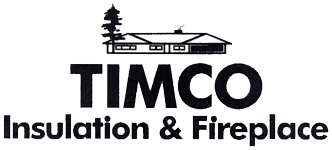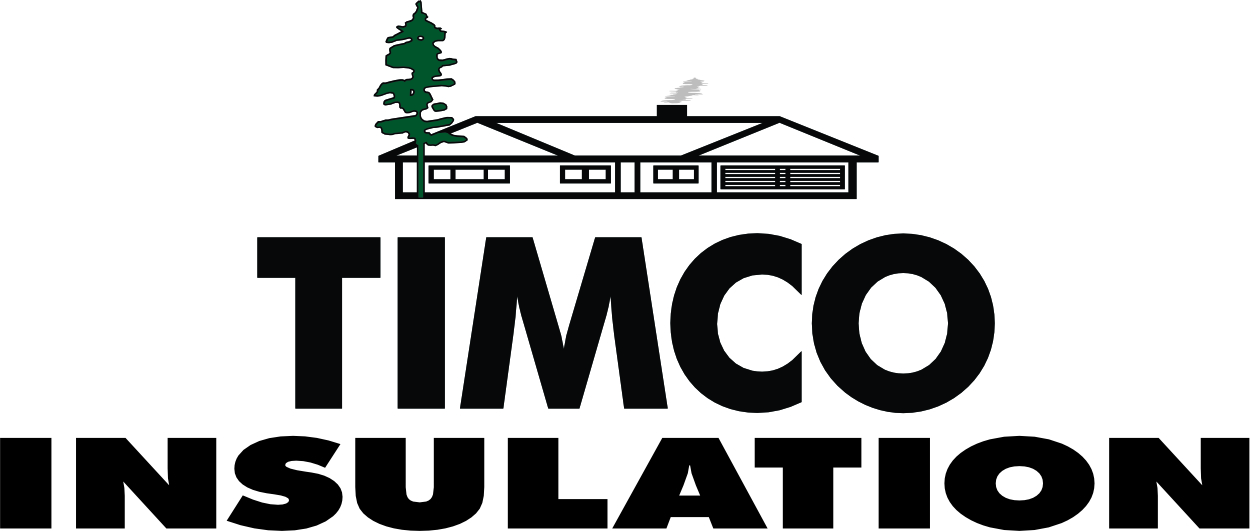Skip to contentDid You Know?
- Air infiltration can increase energy costs in buildings 10 to 40%.
- SPF (Sprayed Polyurethane Foam) reduces air infiltration allowing insulation to be more effective and reducing the demands on HVAC equipment.
- SPF reduces moisture infiltration by reducing air leakage.
- SPF adds structural strength to walls and ceilings.
- SPF reduces sound transfer into buildings. Most sound from outside the building is carried into the building through cracks and air leaks. SPF by stopping the air infiltration also helps keep sound out.
- SPF minimizes dew point problems and condensation.
- SPF resists heat transfers through air infiltration regardless of flow direction.
- SPF provides reliable R-values under the most extreme conditions, dependable and durable protection against heat loss or gain.
- SPF minimizes thermal bridging, which can cause higher energy usage and cost.
- SPF out-performs conventional insulation materials because they trap still dry air and if that air moves or becomes wet, the thermal resistance can drop by 50%.
- According to ASHRAE, a 3% void area in a wall cavity represents a 15% reduction in wall R-value.
Energy Efficiency
- With the costs of heating and cooling going up, this is a concern of most home and building owners. Most of us know to turn off the lights to conserve energy but don’t think to look to insulate our homes/buildings to more efficiently heat and cool them.
- Builders and architects are now turning to spray polyurethane foam (SPF) to curb these problems. SPF is one of the most efficient insulation materials on the market today for roof and wall insulation, insulated windows and doors, and air barrier sealants.
Why is SPF Energy Efficient?
- Polyurethane foams have one of the highest insulating R-values per inch of all the available products on the market today. With typical values ranging from 3.5 to 6.0 per inch, it is possible to maximize efficiency, increase space utilization and reduce operating costs, while having thinner walls and a lower profile roofs.
- Studies show that increasing the thickness of your roof insulation by 1” or move about the ASHRAE required thickness significantly reduces your energy costs.
- SPF sealants that are applied to cracks around window frames expand to fill energy-wasting (escaping) gaps around the window, which increases your buildings energy efficiency.
- Energy studies performed by Texas A & M on their own roofs show the energy cost reductions obtained by applying SPF to more than 8 million square feet of roofing paid for the cost of the retrofit in a little over three years.
- Cool roofs (using reflective plastic coverings over SPF insulated roofs) bounce sunlight and radiant heat away from a building, helping the structure stay cool and reducing energy use for cooling.

